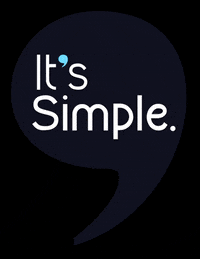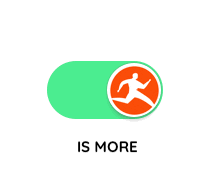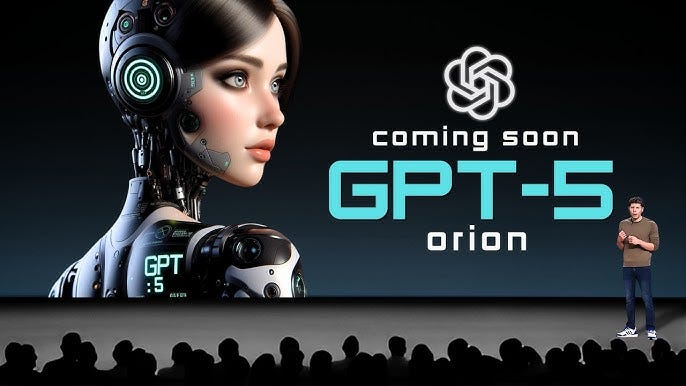AI: OpenAI Simplifies Product Roadmap. RTZ #631
...clearer customer choices far beyond long-awaited 'Orion'
I’ve been a long time enthusiast of ‘less is more’ in tech, and applauded DeepSeek’s approach to its innovative open-source AI products in that context, a few weeks ago. The LLM AI industry in the US has seen a rapid expansion of its AI products from large and small language models, AI reasoning and agent products, multimodal offerings of pictures, videos, AI products and tools for developers and advertisers et al.
Not to mention most of the preceding items being available in a variety of ‘small, medium, large’ parameter sizes. And of course various tiers of free and subscription prices for levels of service and quotas of input/output ‘intelligence token’ processing per set periods of time.
So many choices for users to make, at almost every prompt. From a drop down menu no less. A ‘tyranny of choice’ every time. And a practice emulated by peers like Anthropic, Google and almost everyone else. All on an unrelenting roadmap to AGI:
So it was refreshing to see OpenAI founder/CEO Sam Altman take a different path and simplify it all on x/twitter:
“OPENAI ROADMAP UPDATE FOR GPT-4.5 and GPT-5: We want to do a better job of sharing our intended roadmap, and a much better job simplifying our product offerings.”
“We want AI to “just work” for you; we realize how complicated our model and product offerings have gotten.”
“We hate the model picker as much as you do and want to return to magic unified intelligence.”
First up we get an upgrade, time not stated, but likely in the next few weeks. It’s the one Sam hinted at last year as ‘Orion’, coming ‘in the winter’:
“We will next ship GPT-4.5, the model we called Orion internally, as our last non-chain-of-thought model.”
And then, the big one, GPT-5, whatever it’s called, but consolidating all its current plethora of offerings from LLM to AI Reasoning/Agents, from GPT-4 to o3 to Operator to Deep Reasoning, and likely a lot of other things like Sora etc. in between.
“ After that, a top goal for us is to unify o-series models and GPT-series models by creating systems that can use all our tools, know when to think for a long time or not, and generally be useful for a very wide range of tasks.”
“In both ChatGPT and our API, we will release GPT-5 as a system that integrates a lot of our technology, including o3. We will no longer ship o3 as a standalone model.”
And a simplification of the various pricing tiers and query quotas:
“The free tier of ChatGPT will get unlimited chat access to GPT-5 at the standard intelligence setting (!!), subject to abuse thresholds. Plus subscribers will be able to run GPT-5 at a higher level of intelligence, and Pro subscribers will be able to run GPT-5 at an even higher level of intelligence. These models will incorporate voice, canvas, search, deep research, and more.”
All of the above will be well received by the market, and likely to be emulated by competitors.
As Venturebeat puts it in “Too many models, too much confusion: OpenAI pledges to simplify its product line”:
“OpenAI plans to “simplify” its model offerings, even as it prepares to ship its last non-reasoning model, GPT-4.5. This is a rare admission from a tech company that its product releases haven’t been differentiated enough for customers.”
“OpenAI CEO Sam Altman took to X to give product roadmap updates and acknowledge that some of the company’s recent releases muddled the waters.”
And outlined the flood of offerings from OpenAI of late:
“Over the past year, OpenAI has released GPT-4o, o1, o3 and o3-mini models. It has also launched new ChatGPT subscription tiers, including the $200/month ChatGPT Pro.”
“On top of all that, the company has released Operator agent, Deep Research, ChatGPT tasks and a host of other new features that are sometimes only available through specific models or paid levels.”
All these moves will go a long way to alleviate customers questions and confusion, especially as OpenAI and others go from early adopters to more mainstream users:
“OpenAI’s decision to simplify how it presents models points to a continuing problem: Not everyone understands what each model is supposed to do and what makes it different. OpenAI is not alone in this. If I weren’t reporting on the industry day in and day out, I wouldn’t be able to differentiate between the Gemini models and tell you why Claude’s Sonnet is better than Haiku.”
“While this confusion is more common among consumers, simplifying products makes things much more manageable, even for power users like AI engineers.”
The pressure on users to keep up with the complexity was reaching new highs:
“Increasingly, you must have a working encyclopedia of which models can do what and which are more updated. Integrating the latest capabilities into one model and only allowing more complex abilities based on usage could make it easier for many developers to experiment faster.”
Other media takes were similarly positive on the simplified roadmap. Including clearer ways for the models to handle controversial topics.
So overall, it’s good thing that the leading LLM AI company is taking steps this early in this AI Tech Wave to prune its product and pricing roadmap. And make that road a bit easier to travel for the rest of the potential market. Stay tuned.
(NOTE: The discussions here are for information purposes only, and not meant as investment advice at any time. Thanks for joining us here)







